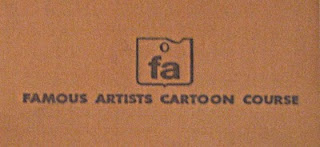I'm done with Schedule 2! And that means…NO MORE BLIND CONTOURS!!!!
Woo hoo! Admittedly, I'll still continue to do ten minute blind contours daily. But as I said before, ten minutes isn't nearly as painful as ONE HOUR! Sheesh!
So not only am I determined to complete this curriculum by Dec. 31, 2010, but I was determined to get past that particular exercise. And if I can survive that, the rest will be easy.
Here's the next schedule:
I also figured out today that in order to complete this by Dec. 31, I should finish one schedule per week. That means I'll need to spend two hours per weekday on it while using the weekends (and furlough days) to complete the last of the 15 hours. That's definitely a doable schedule.
On to Schedule 3!


















